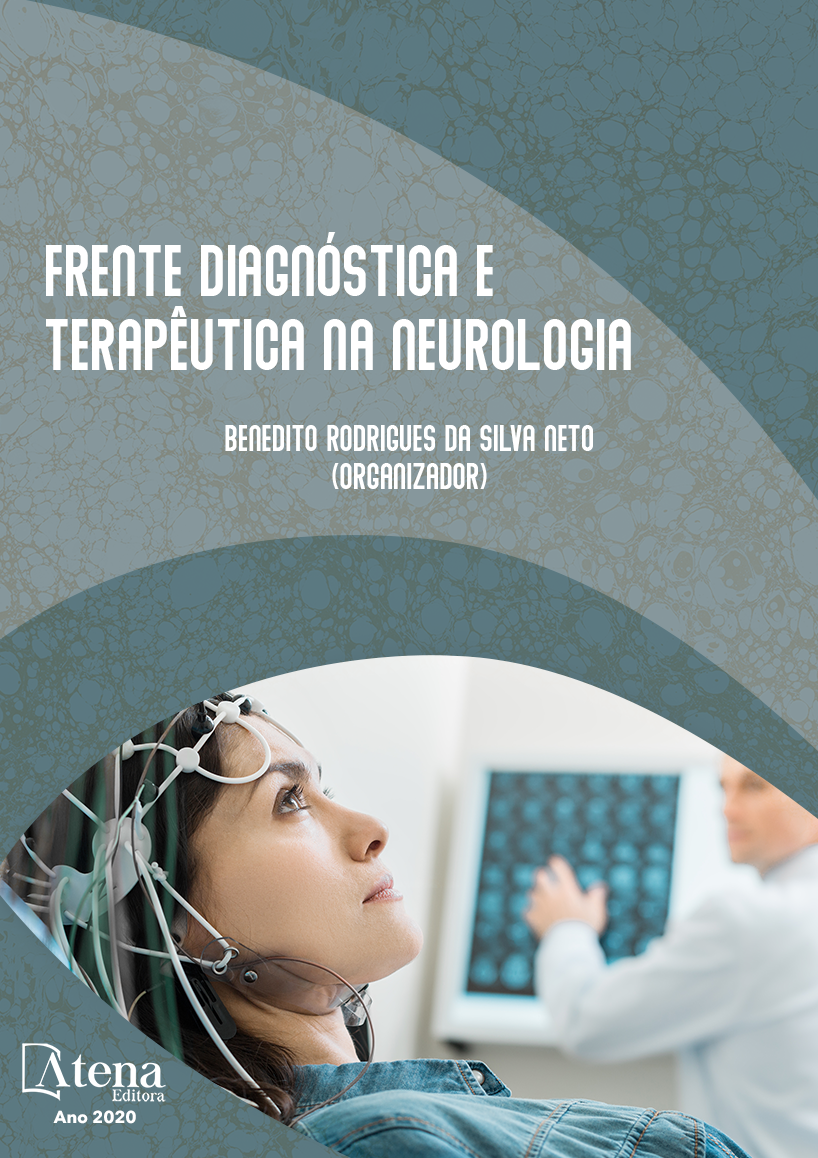
ANÁLISE INTER-REGIONAL E DE TENDÊNCIAS DE HOSPITALIZAÇÃO POR TAXAS DE ESPINHA BÍFIDA NO BRASIL.
A espinha bífida é um defeito
congênito no fechamento do tubo neural, afeta
principalmente a região lombossacra. As causas
ainda são incertas, mas estão associadas a
fatores genéticos e ambientais, principalmente
a falta de ácido fólico. O objetivo é descrever a
taxa e tendência dos casos de hospitalização
por espinha bífida nas cinco regiões do
Brasil. Este estudo epidemiológico avaliou as
taxas de hospitalização de casos de espinha
bífida usando a correlação de Pearson em
conjunto com um modelo de regressão linear
simples, gerando uma análise de tendência
para os próximos anos, com base nos dados
coletados no sistema DATASUS, de 2008
a 2015. As variáveis estudadas foram sexo
e raça em crianças de 0 a 1 ano. Na análise
geral, a região Nordeste foi a única que obteve
valores consideráveis. Quanto à distribuição
por sexo, houve valores consideráveis para
ambos os sexos na região Nordeste. Quanto à diferença de raças, a branca obteve
apenas valor significativo no Sul, enquanto as outras raças obtiveram forte correlação
no Sudeste, e no Centro-Oeste. A região Nordeste obteve índices elevados em
relação às demais regiões, permitindo supor que isso esteja relacionado às baixas
condições socioeconômicas e à falta de acompanhamento pré-natal de gestantes.
Pode-se concluir também que não há predominância entre os sexos. Em relação às
raças, houve predomínio da raça branca no sul, consequência da predominância da
população local, enquanto nas regiões Sudeste e Centro-Oeste houve predominância
das demais raças.
ANÁLISE INTER-REGIONAL E DE TENDÊNCIAS DE HOSPITALIZAÇÃO POR TAXAS DE ESPINHA BÍFIDA NO BRASIL.
-
DOI: 10.22533/at.ed.5782028012
-
Palavras-chave: Espinha bífida. Malformações congênitas. Defeitos do tubo neural
-
Keywords: Spina bífida. Congenital malformation. Neural tube defects.
-
Abstract:
The spina bifida is a congenital defect in the closure of the neural tube,
affects mainlythe lumbosacral region. The causes are still uncertain, but are associated
with genetic and environmental factors, especially the lack of folic acid. The objective
is describe the rate and trend of cases of spina bifida hospitalization in the five regions
of Brazil. This epidemiological study evaluated the hospitalization rates of spina bifida
cases using Pearson‘s correlation together with a simple linear regression model,
generating a trend analysis for years to come, based on the data collected in the
DATASUS system, from 2008 to 2015. The variables studied were gender and race
in children aged 0 to 1 year. In the general analysis, the Northeast region was the
only one that obtained considerable values. As for the distribution by sex, there were
considerable values for both sexes in the Northeast region. As for the difference of
races, the white only obtained significant value in the South, while the other races
obtained a strong correlation in the Southeast and in the Midwest. The Northeastern
region obtained high indexes compared to the other regions, allowing it to be assumed
that this is related to the low socioeconomic conditions and the lack of prenatal followup
of pregnant women. It can also be concluded that there is no predominance between
sexes. Regarding the races, there was a predominance of the white race in the South,
which is a consequence of the predominance of the local population, whereas in the
Southeast and Midwest regions there was a predominance of the other races.
-
Número de páginas: 8
- Rodolpho Douglas Pimenta de Araújo
- Lucas Ferreira Lins
- Nereu Alves Lacerda
- Gabriela Lacourt Rodrigues
- Cibele Cerqueira Brito
- Carolina de Moura Germoglio
- André Henrique Mororó Araújo
- Abel Barbosa de Araújo Gomes
- Lucas Germano Figueiredo Vieira
- Maria Eduarda de Oliveira Fernandes
- Leonardo Meira de Carvalho
- Caio Augusto Carneiro da Costa


